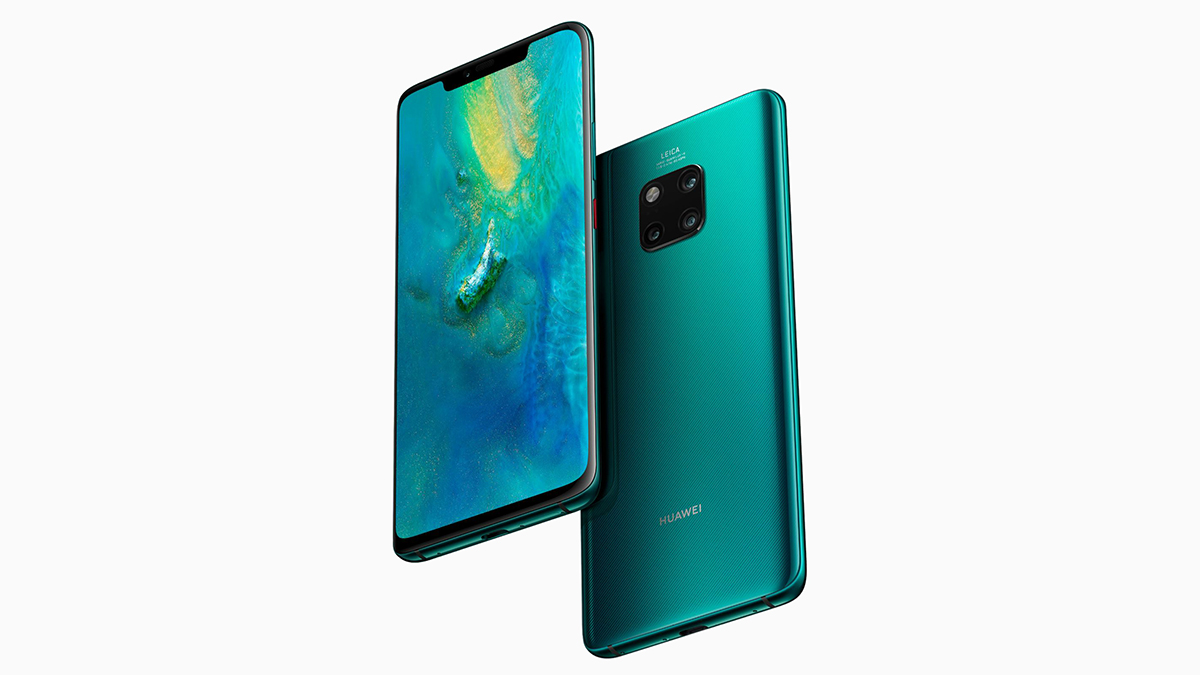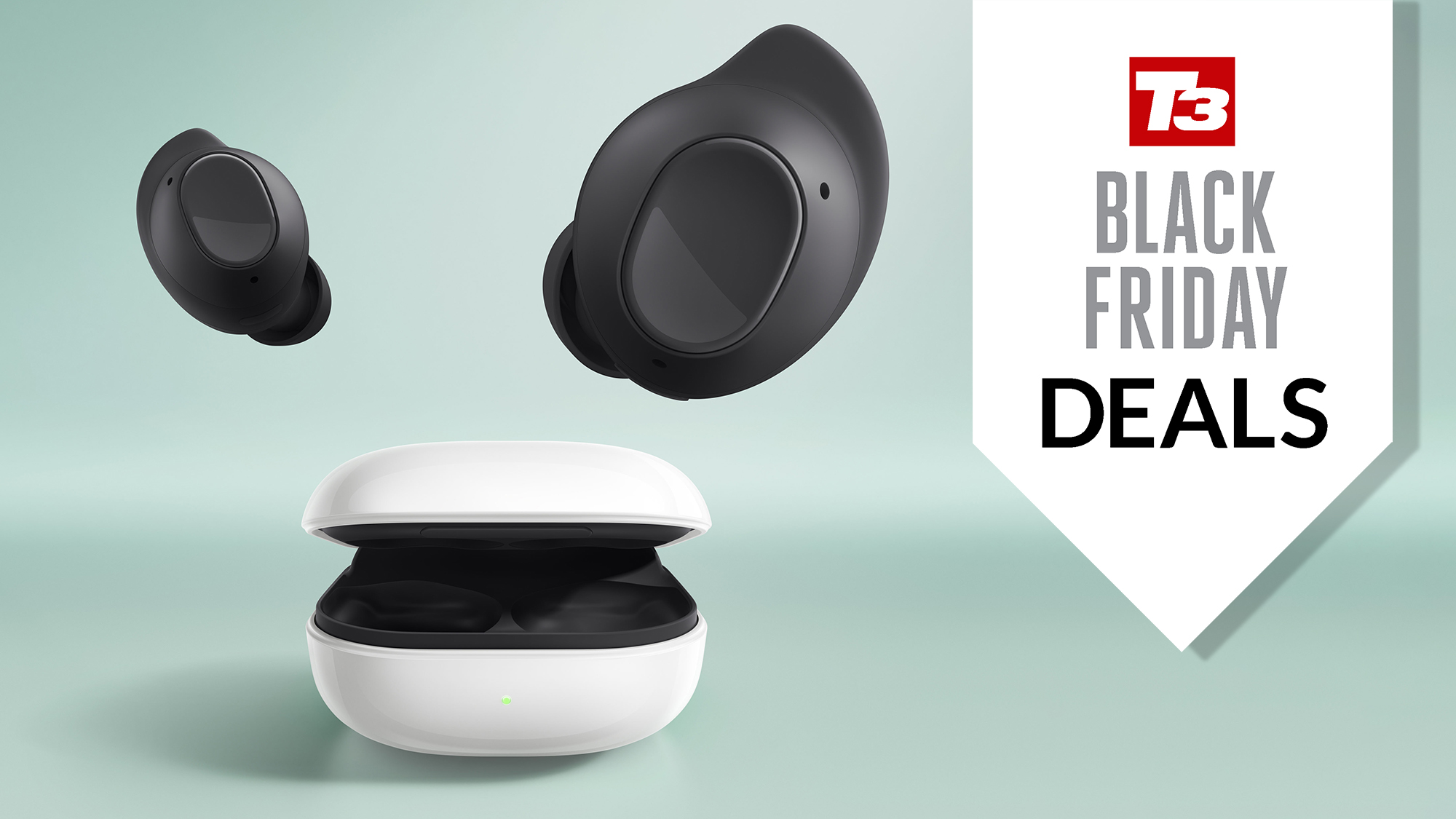

Conventional wisdom says that the best photos are shot with the most powerful cameras. While technically speaking this is true, lugging around a DSLR is not so practical while you’re travelling.
But whether you’re a professional photographer or not, practically everyone has a smartphone camera in their pocket – but are they good enough for travel photos?
- Check out T3's ultimate guide to travelling
- These are the best suitcases
- These are the best travel bags
Smartphone cameras today are better than they’ve ever been and allow for some seriously great photography, with ever-improving sensors and multiple lens setups now the norm.
To help you improve your smartphone travel photography, we’ve got 8 tips to take better photos. After all, the best camera you have is the one you’re carrying.
1. Are phones better than cameras?
Let’s be honest – there’s no way the small lenses and sensors in smartphones can outperform DSLR cameras. That’s like trying to outrun a Ferrari on your bicycle. In saying that, you can’t carry a Ferrari up a flight of stairs. And that’s one way to think about the differences.
Form factor. While you might need the highest quality for, say, printing images in a magazine splash, you probably won’t need that for the annual family holiday.
If a smartphone produces the images you want, then a big camera is nice to have but not a necessity. If you feel this way, then it’s time to look at the finer points of shooting from your pocket.
Sign up to the T3 newsletter for smarter living straight to your inbox
Get all the latest news, reviews, deals and buying guides on gorgeous tech, home and active products from the T3 experts

2. What your smartphone is good at
So your smartphone can’t do exactly what a DSLR does, but there is plenty it is good at. The obvious advantages are compact size and weight.
While only the smallest of cameras can fit inside your pocket, any smartphone can, which is a plus for those of us with a habit of over packing for trips.
Smartphones lenses also have a wide angle lens, which allows them to capture expansive scenes like landscapes quite easily. That means you don’t need to hop around a scene to get the right framing.
And don’t forget smartphone software, either. This is where your phone can really outshine a DSLR as it allows you to take photos with automatic high dynamic range (HDR), built-in portrait mode and a plethora of apps for shooting, editing and publishing.
Some phones, like the LG G7 and Huawei Mate 20 Pro have multiple lenses, so are suited to more scenarios. The G7 has wide lens and an ultra-wide lens, which is capable of taking some stunning landscape shots, while the Mate 20 Pro has with a wide-angle lens partnered with a ultra wide-angle and telephoto lens, making it truly adaptable.
3. Where your smartphone is lacking
Knowing your smartphone’s limitations can also help you find workarounds so that you still end up with photos you like after a holiday. Perhaps the biggest con of a smartphone camera is its low light performance.
Being so compact, its lenses and sensors simply can’t capture as much light. Yes you could simply use flash, but this can also make photos look washed out. Smartphone images generally offer lower resolution due to their smaller sensors. The bigger the sensor (or the smaller the pixel), the higher the resolution.
The newest smartphones, such as the Google Pixel 3, are now packing dedicated night modes. These take multiple pictures and stitch them together, reducing noise and underexposure.
Another drawback is zooming. With the introduction of multi lens smartphone cameras, there’s often a wide-angle lens paired with a telephoto lens. The latter is designed for capturing distant objects.
While these are impressive and useful on smartphones, they still can match the long zoom of a traditional camera.

4. It’s all about light
Knowing how light affects your shots can help you lift your photography game. Regardless of your camera’s form factor, this is the one rule technology can’t beat. And you don’t need to be a pro to get good at this, it’s more about practise than anything.
So you should follow the direction of sunlight, meaning point your camera where sunlight falls (i.e. your subject) rather than pointing it toward the sun. This will oversaturate the scene in light.
Instead, ask your portrait subject to point their face towards the sun (while still looking at the camera, of course), so it highlights their features and prevents facial shadows.
Although you should avoid flash where possible, it could be the difference between a nice portrait and a grainy one.
5. Free your memory
Before you embark on your trip, set aside a moment to check how much memory is left on your phone. Sure, gone are the days of the 8GB iPhone. And it’s great that we have 128GB devices now, as expandable memory via microSD card slot has fallen out of favour with manufacturers in recent years.
If you don’t usually check, simply open your phone’s settings and search for memory in the settings search bar. This will give you a breakdown of how much space is free, but also what is using the memory – including images.
While you aren’t likely to run out of memory if your phone is new, anything that you’ve been pumping data into for a while could be filling up. And that could be a problem when you don’t have expandable storage.
The Google Pixel 3 (linked above) comes with free cloud storage for your photos.

6. Wipe the lens, seriously
After recording videos in portrait mode, the biggest smartphone faux pas is to shoot with a greasy finger-handled lens. No matter how good your Photoshop skills are, you can’t edit out that grease. So take a second to wipe your camera lens/es with your T-shirt, spectacle cloth, a chamois, or whatever you prefer.
As phones are designed for hands, it’s bound to be dirty pretty much every time you whip it out. A clean lens is one of those easy level-ups you don’t need to put much effort into. It’s just a good habit to follow and will automatically improve the quality of light hitting the sensor.
7. Quick-draw photography
One of the big advantages smartphone cameras offer is the ability to quick draw. What I mean is that, unless you’re running your DSLR in automatic mode, it’s generally a lot faster to capture a spontaneous moment with your phone. This is a big plus when you’re travelling.
Getting the right exposure settings does take a moment or two with a DSLR. As is the case when you’re abroad, interesting shots can appear at random. That split second difference in speed is the reason you’ll return home with a collection of photos that you simply wouldn’t be able to take otherwise.
Some phones also have a quick-launch shortcut for the camera app, such as by double tapping the sleep/wake button.

8. Processing your travel photos
What smartphones lack in hardware, they make up for in software. But that comes with the caveat that smartphones can often interfere with your images to compensate for a lack of depth of field, colour or image stabilisation. This is a good reason to use manual mode to have more control over the final result.
Case in point: many phones come with HDR mode turned on by default, or even an anti-blur setting. With dual lens cameras taking multiple images per exposure, having this kind of optimisation can definitely enhance your shots. But if you prefer to decide for yourself which images to keep or how to edit them, then it’s worth jumping into the camera settings and turning these automatic features off.
- Make sure you're using the best smartphone
- Want even more tips? You'll find smartphone photography tips, tricks and hacks here
-
 Philips 40B1U6903CH review: a 5k monitor ready to level up your productivity
Philips 40B1U6903CH review: a 5k monitor ready to level up your productivityIt's got the lot for a home office, but gamers won't be convinced
By David Nield
-
 Corsair HS80 Max Wireless review: a solid mid-tier gaming headset
Corsair HS80 Max Wireless review: a solid mid-tier gaming headsetA capable audio option for the price you're paying
By David Nield
-
 Logitech C920 Pro HD review: a solid and affordable webcam upgrade
Logitech C920 Pro HD review: a solid and affordable webcam upgradeThe Logitech C920 Pro HD has plenty to offer shoppers on a budget
By David Nield
-
 Microsoft's 5-star Surface with keyboard is Best Buy's killer deal
Microsoft's 5-star Surface with keyboard is Best Buy's killer dealBest buy it at Best Buy!
By David Nield
-
 Sonos' premium soundbar just hit its lowest-ever price in 5-star deal
Sonos' premium soundbar just hit its lowest-ever price in 5-star dealTop-tier sound doesn't have to cost top dollar
By David Nield
-
 Huge 75in Sony TV is now cheaper than ever in Amazon's Black Friday sale
Huge 75in Sony TV is now cheaper than ever in Amazon's Black Friday saleYou can now get a top-quality TV for less, with 100s of dollars off this set
By David Nield
-
 Improve your Wi-Fi with 5-star Netgear kit – now cheaper than ever
Improve your Wi-Fi with 5-star Netgear kit – now cheaper than everThis is one of the most powerful home Wi-Fi setups you can have – and it has hit a new low price on Amazon
By David Nield
-
 Samsung's fan-favorite earbuds are cheaper than ever on Amazon right now
Samsung's fan-favorite earbuds are cheaper than ever on Amazon right nowThe Galaxy Buds FE bring with them a superb listening experience at a low price – and that price just got even lower
By David Nield

